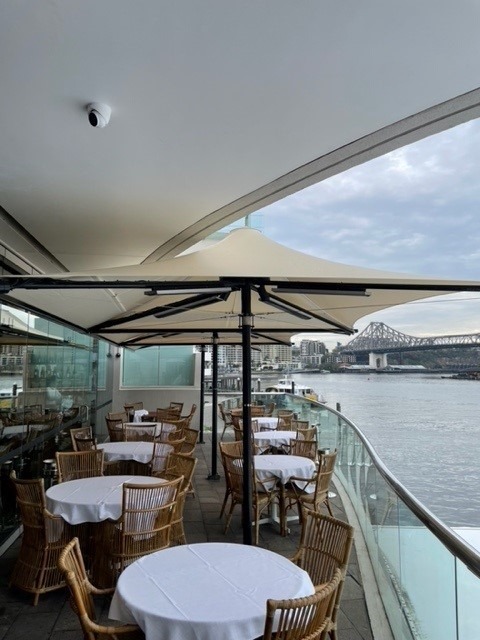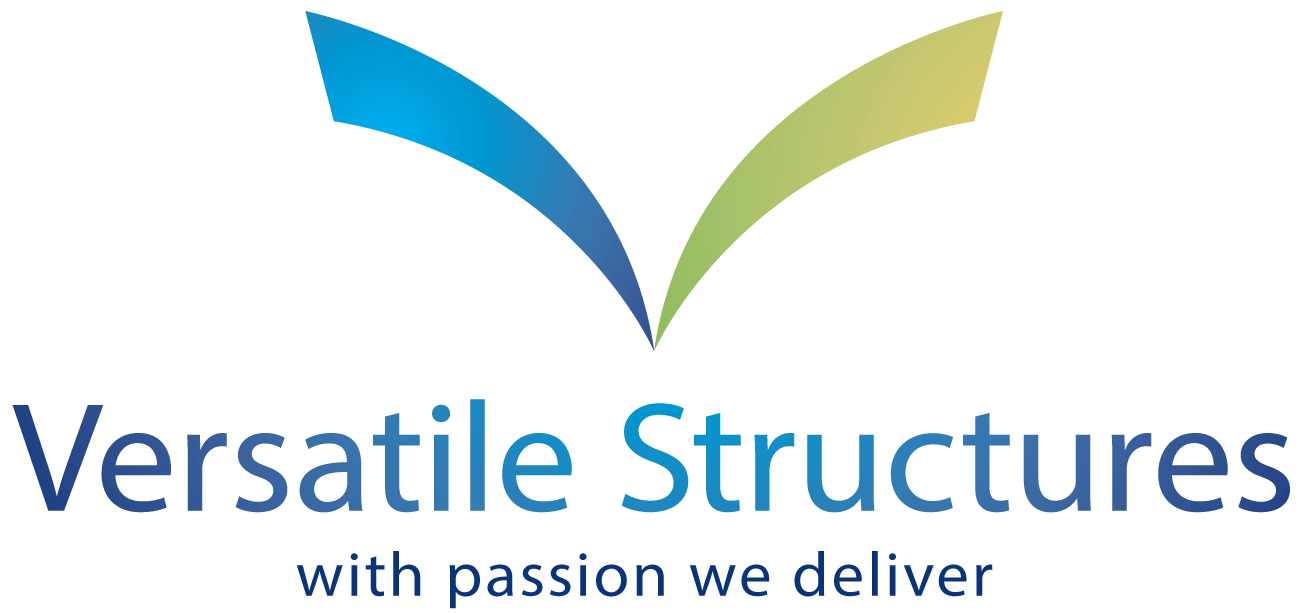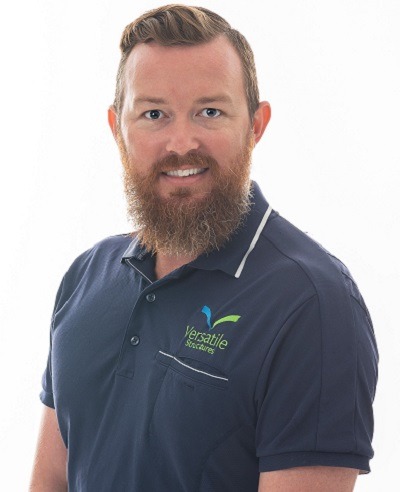YOU ARE HERE:

Exploring Waterproof Fabrics and Their Advantages and Disadvantages
Jamie Howard In Waterproof Shade Structures
When it comes to shade structures, selecting the right fabric is of utmost importance. The fabric not only determines the visual appeal of the structure but also plays a crucial role in providing protection from the sun, rain, and other environmental elements. One particular aspect to consider is the waterproofing capability of the fabric. In this article, we will delve into the significance of choosing the appropriate fabric for shade structures and explore the advantages and disadvantages of different waterproof fabrics.
Importance of Fabric Selection:
The fabric used in shade structures serves as the first line of defence against the sun’s harmful UV rays and precipitation. It not only provides shade but also plays a vital role in enhancing the durability and functionality of the structure. Here are some key reasons why selecting the right fabric is crucial:
- UV Protection: The fabric should offer effective UV protection to safeguard individuals and objects beneath the shade structure from harmful ultraviolet radiation. Prolonged exposure to UV rays can lead to health issues and cause fading and deterioration of materials.
- Waterproofing: If the shade structure is exposed to rain or other forms of moisture, choosing a waterproof fabric is essential to keep the area beneath dry and protected. Waterproof fabrics prevent water penetration, ensuring a comfortable and safe environment.
- Durability: The fabric should be durable and able to withstand various environmental conditions, including wind, rain, and sun exposure. A high-quality fabric will resist tearing, fading, and degradation over time, prolonging the lifespan of the shade structure.
Advantages of Waterproof Fabrics:
- Waterproof fabrics offer specific advantages that make them ideal choices for shade structures in areas prone to rainfall or high humidity. Let’s explore some of the advantages of using waterproof fabrics:
- Protection from Rain: The primary advantage of waterproof fabrics is their ability to repel water effectively. This ensures that the area beneath the shade structure remains dry and shields individuals, vehicles, or other objects from rainwater.
- Mould and Mildew Resistance: Waterproof fabrics are often designed to resist the growth of mould and mildew. This is particularly important in humid environments where excessive moisture can lead to the development of these harmful and unsightly substances.
- Increased Longevity: By preventing water penetration, waterproof fabrics contribute to the longevity of the shade structure. They resist water-related damage, such as rotting, fading, or structural deterioration, allowing the structure to maintain its integrity for a longer period.
- Versatility: Waterproof fabrics are versatile and can be used in various shade structure designs and applications. They are suitable for carports, outdoor seating areas, patio covers, and other spaces where protection from rain is essential.
Disadvantages of Waterproof Fabrics:
While waterproof fabrics offer significant benefits, it’s important to consider their potential drawbacks as well. Here are a few disadvantages to be aware of:
- Breathability: Waterproof fabrics often prioritize water resistance over breathability. As a result, they may restrict airflow, leading to a lack of ventilation beneath the shade structure. This can create a stifling or humid environment in certain situations.
- Condensation: In humid climates or during temperature fluctuations, waterproof fabrics can trap moisture beneath the shade structure. This may result in condensation, which can dampen surfaces and potentially cause discomfort or damage to certain materials.
- Maintenance: Waterproof fabrics may require more maintenance compared to non-waterproof fabrics. They may need regular cleaning to prevent the build-up of dirt, debris, or mould. Additionally, periodic reapplication of waterproofing treatments might be necessary to maintain the fabric’s water-repellent properties.
- Cost: Waterproof fabrics often come at a higher cost compared to non-waterproof options. The additional manufacturing
Share:
Jamie Howard - Director
Co-founder and Director Jamie has been hands-on in the shade and steel industry since leaving school. With over 15 years’ experience in shade, membrane and steel projects, Jamie is excited about the design opportunities shade structures offer in the commercial and industrial sectors. Jamie’s extensive design skills give him a competitive edge in situations with technical design complexity. He has won two personal industry awards for his designs, alongside many company-won awards.

